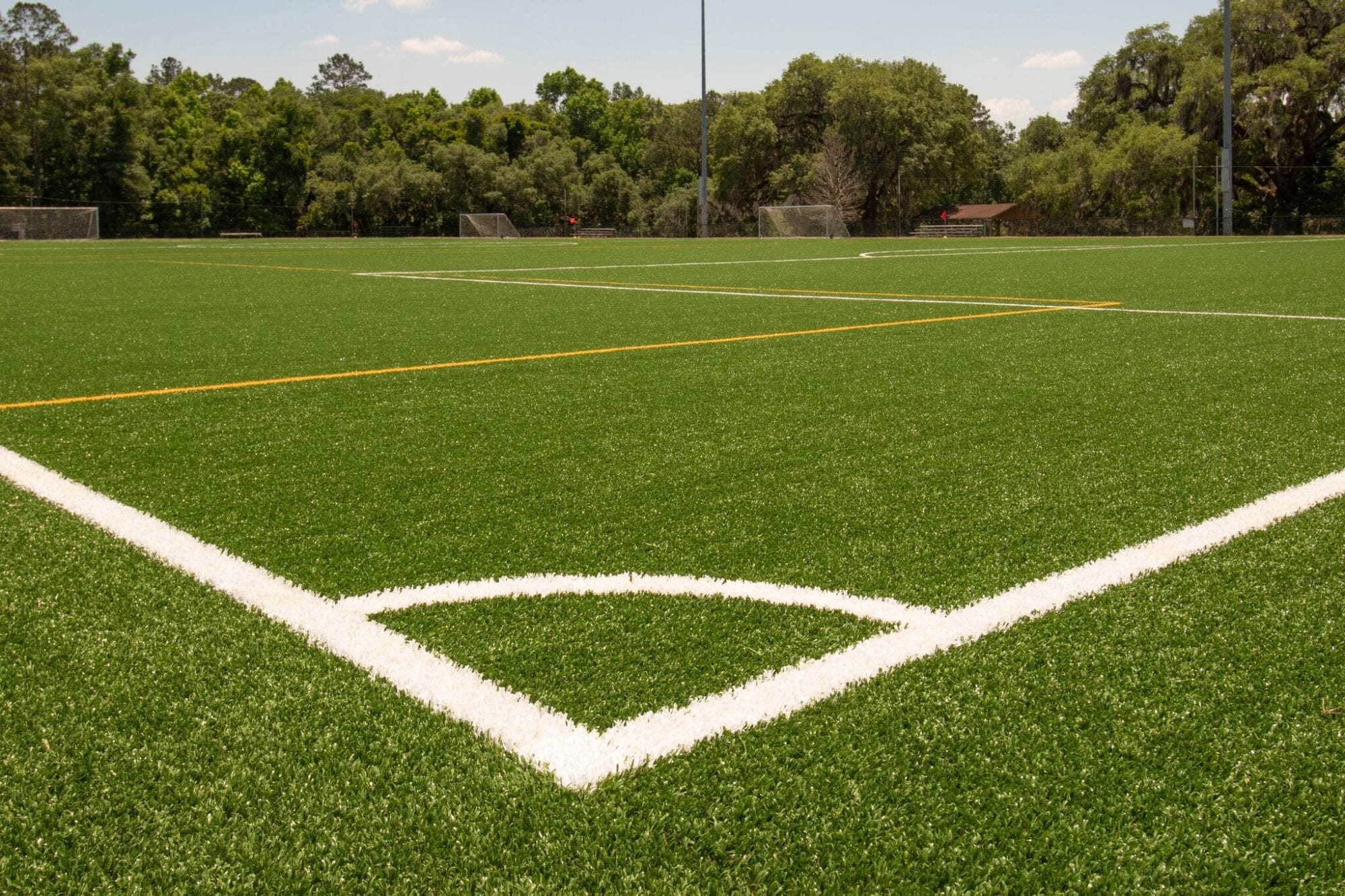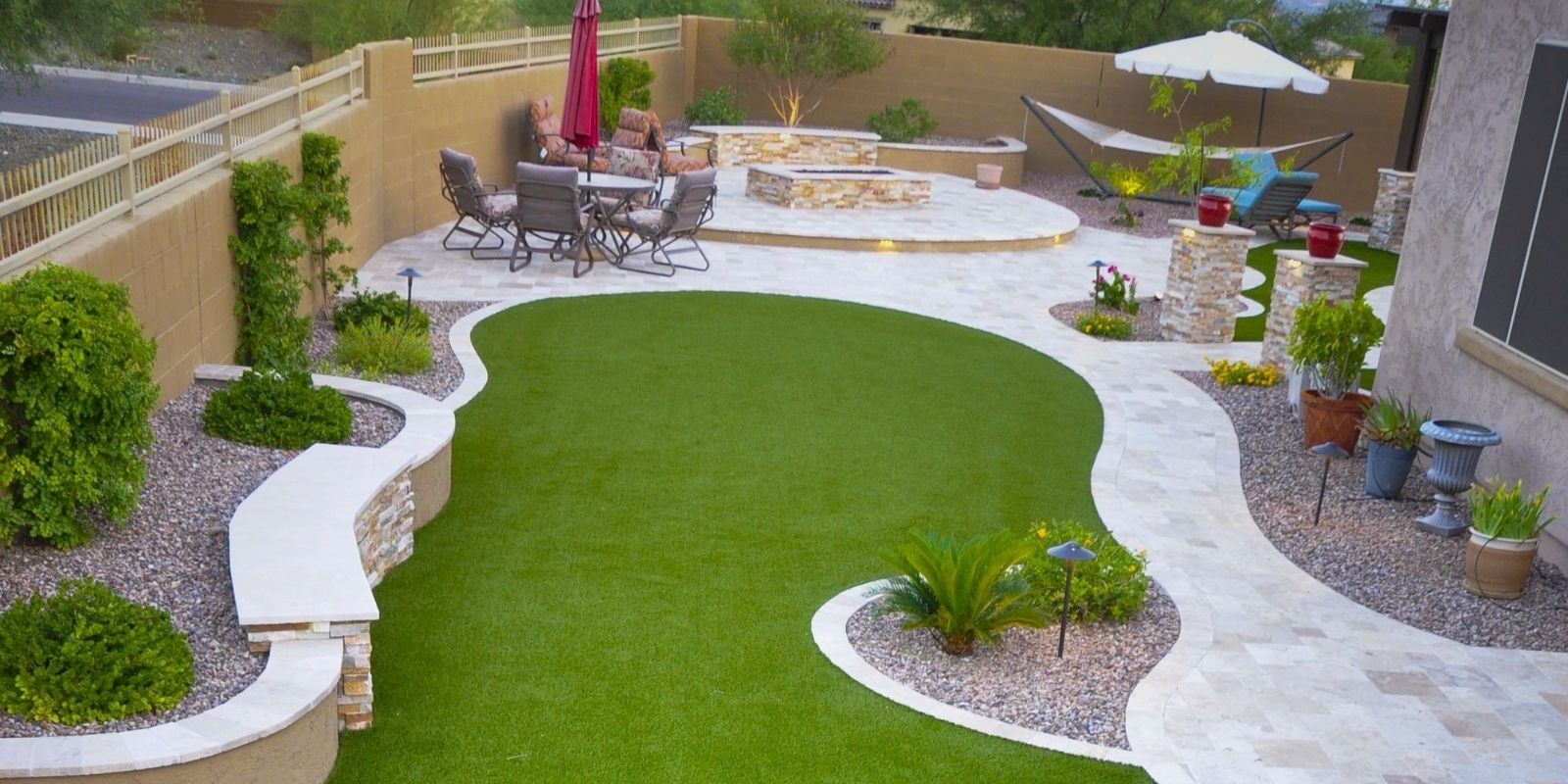Choose the Leading Turf Installation Phoenix AZ Services for Your House or Business
Choose the Leading Turf Installation Phoenix AZ Services for Your House or Business
Blog Article
Look Into the Environmental Benefits of Opting for Synthetic Grass Solutions
The fostering of fabricated grass options provides a compelling opportunity to resolve pushing environmental difficulties. By considerably decreasing water usage and minimizing the application of harmful chemicals, these choices not just promote sustainable landscape design yet additionally secure local communities. Moreover, the reduced carbon footprint associated with lowered maintenance tasks adds to a more lasting method to land monitoring. The effects of these advantages prolong past mere preservation efforts, increasing inquiries about their lasting effect on habitat preservation and total ecological balance. Discovering these dimensions discloses an intricate interplay worth considering.
Water Conservation Advantages
Among one of the most substantial benefits of synthetic grass is its capacity to conserve water. Conventional turf yards need considerable irrigation, especially in areas susceptible to drought or water limitations. In contrast, synthetic turf does not need watering, considerably decreasing the overall need for water sources. This function is especially helpful in deserts where water scarcity is a pushing problem.
By removing the need for routine watering, fabricated turf contributes to lasting landscape techniques and helps reduce the ecological influence of excessive water usage. The conservation of water prolongs to the decrease of drainage, which can lead to soil erosion and waterway contamination.
Furthermore, the installment of synthetic grass allows towns and property owners to allot water sources extra successfully, concentrating on important uses such as alcohol consumption water and agriculture. The shift towards synthetic grass not only advertises liable water use yet additionally straightens with broader ecological objectives focused on protecting natural resources.
As communities increasingly focus on sustainability, the water conservation benefits of synthetic grass provide a compelling case for its fostering in domestic and industrial landscaping projects.
Lowered Chemical Use
The transition to artificial lawn significantly lowers the dependence on chemical treatments frequently utilized in all-natural lawn maintenance. Typical grass management generally involves the application of plant foods, pesticides, and herbicides to promote development and control pests. These chemicals can posture dangers to human wellness, regional wild animals, and the environment, adding to soil and water contamination.
On the other hand, artificial lawn eliminates the requirement for these hazardous substances. When installed, it needs marginal maintenance, primarily containing normal cleaning and seldom infill replenishment. This reduction in chemical usage not just profits the immediate atmosphere however additionally adds to wider eco-friendly security. By minimizing the release of synthetic substances right into the ecosystem, synthetic grass advertises much healthier dirt and water systems.
Moreover, the lack of chemical runoff related to synthetic grass installations helps protect local rivers from air pollution, sustaining marine life and keeping biodiversity. Arizona artificial turf. As areas significantly focus on sustainable practices, opting for synthetic grass presents a viable solution that straightens with environmental conservation objectives. With this shift, homeowner can delight in lush environment-friendly areas without compromising ecological wellness, leading the way for an extra lasting future
Lower Carbon Impact

Additionally, the installment of synthetic grass can result in considerable water preservation. Natural grass require significant quantities of water for watering, which not only contributes to the carbon impact connected with water removal and therapy but likewise strains neighborhood water resources. In comparison, man-made lawn requires minimal maintenance, calling for no watering, thereby significantly minimizing water use and its linked power prices.
In addition, the longevity of synthetic grass contributes to its decreased carbon effect. With a life expectancy of as much as 15 years or more, the requirement for regular replacements is decreased, leading to less waste and lower power intake in production and getting rid of conventional turf options. Overall, artificial lawn offers a lasting choice for ecologically conscious landscape design.
Environment Conservation
Habitat conservation is an essential factor to consider in the dispute over landscaping choices, specifically when comparing synthetic grass to all-natural lawn. Natural grass yards commonly need comprehensive upkeep, including the use of fertilizers, herbicides, and chemicals, which can detrimentally affect local ecosystems. These chemicals can seep into the dirt and rivers, hurting native vegetation and fauna and interfering with local environments.
In contrast, fabricated turf provides an opportunity to lower the environmental footprint of landscape design. By going with artificial turf, property owners can decrease the interruption of all-natural habitats related to traditional yard treatment practices. Synthetic grass removes the need for unsafe chemicals, thereby securing neighboring wildlife and maintaining the stability of bordering ecological communities. Furthermore, the setup of synthetic grass can lead to the conversion of former turf locations right into even more biodiverse landscapes, such as pollinator yards or indigenous plant locations, which can sustain local wildlife.
Inevitably, the change to fabricated turf not just preserves water and lowers upkeep efforts but additionally promotes Get More Info a much more harmonious relationship in between human tasks and the natural surroundings, advertising environment conservation in the process.
Long-Term Sustainability
Long-lasting sustainability is a vital consider assessing the benefits of fabricated grass over traditional yard yards. One of one of the most considerable benefits of synthetic grass is its toughness; it can last as much as 15-20 years with marginal maintenance, whereas all-natural lawn requires constant reseeding and replacement. This long life decreases the need for consistent resources, such as water, plant foods, and pesticides, which find here are vital for maintaining a healthy and balanced grass lawn.
In addition, synthetic grass adds to a reduction in carbon exhausts related to grass care devices. Traditional yards typically call for gas-powered mowers, leaners, and blowers, every one of which contribute to air contamination. Artificial turf companies phoenix. On the other hand, artificial grass eliminates the requirement for such tools, promoting a cleaner atmosphere
In addition, the production of synthetic grass increasingly uses recycled products, enhancing its sustainability profile. As suppliers take on environment-friendly techniques, the environmental footprint of fabricated lawn remains to decrease.

Conclusion
The fostering of man-made turf remedies provides significant ecological advantages, including substantial water preservation, reduced dependence on hazardous chemicals, and a reduced carbon impact. Fabricated turf aids in maintaining natural habitats by decreasing land disturbance and promoting lasting sustainability through the use of sturdy materials. Jointly, these factors highlight the possibility of synthetic lawn to add positively to environmental wellness and offer a practical option to traditional landscaping methods in an increasingly resource-conscious globe.
In comparison, artificial grass does not require watering, dramatically reducing the overall demand for water resources. By lessening the launch of artificial substances right into the community, synthetic grass advertises much healthier dirt and water systems.
In addition, the installment of fabricated lawn can result in substantial water conservation. In comparison, artificial turf needs minimal maintenance, requiring no watering, thereby significantly reducing water usage and its associated power prices.

Report this page